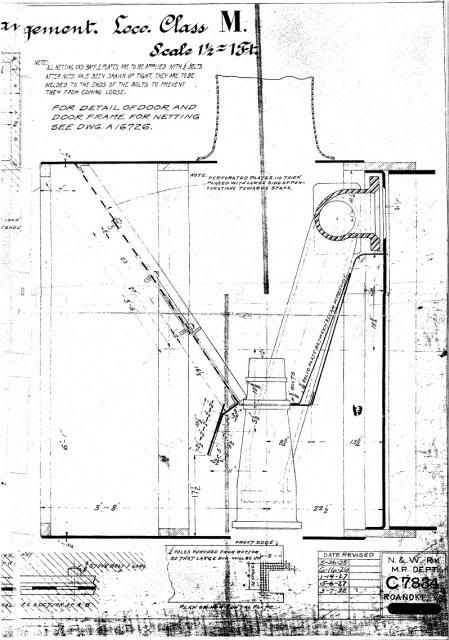jasonsobczynski wrote: My guess would be (regarding redundant drawings) locomotives in more strenuous service received the improvements while they chose to not invest into motivepower that just loafs along a branch under light loads at a leisurely pace.
Thoughts?
Cheers, Jason
Jason my friend,
Study your N&W history... something must have worked very well with the M's.
Yes, they were branchline power in their later days, but many N&W branchlines had rather nasty profiles combined with relatively high traffic...they definitely didn't "loaf". If you don't believe me, ride a bike up the Virginia Creeper Trail, or look at the 3% + grade on the old Hanging Rock/Catawba line (part of the Salem Shifter job), which was the last assignment of the two surviving M's, 433 and 475.......
|

